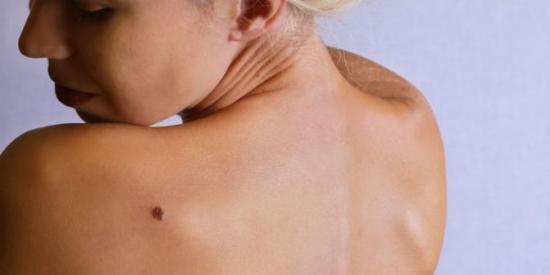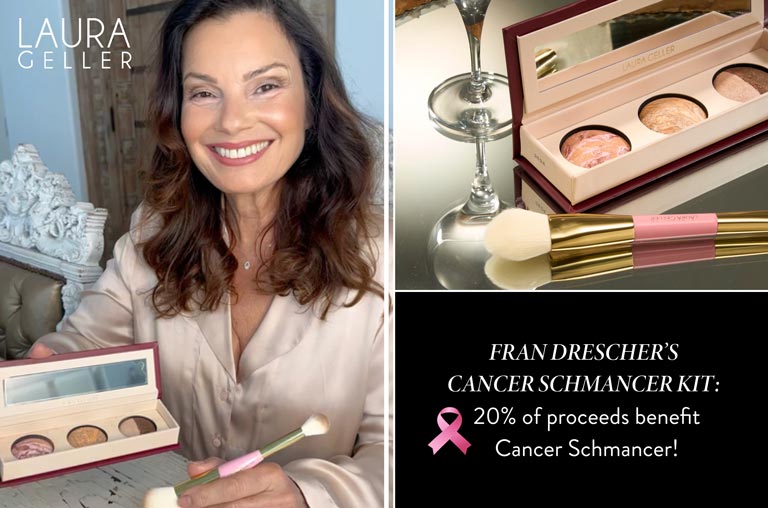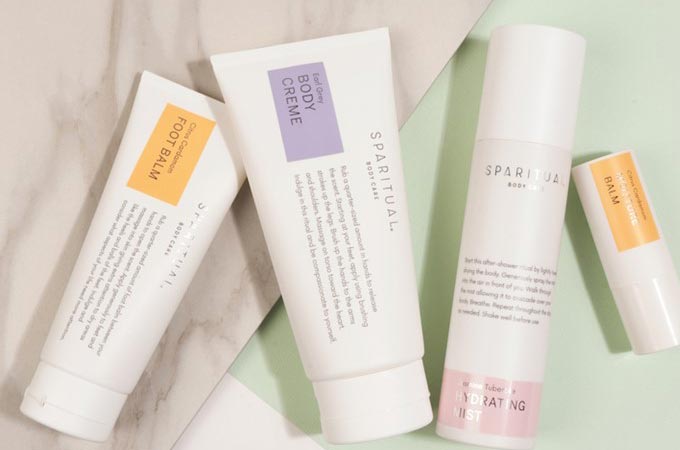
Skin concerns are one of the top questions at the doctor’s office. But the most dreaded type of skin condition is melanoma; among the three main types of skin cancers, it is the only potentially life-threatening one. But with so many moles, rashes, and skin lumps and bumps, how can you tell when something is concerning? How can you tell if it’s something that potentially can wait, and when it's something to address with your doctor right away?
What is Melanoma?
Melanoma is a cancer of the skin cells that produce pigment, called “melanin,” that produces color in our skin. Melanoma tends to be less common in those with pigment in their skin—although still possible, of course. The cells go out of whack and overgrow, producing more pigment than they should. And sometimes they go overboard, producing abnormal cells in the process.
There are other types of skin cancers that are less concerning, mainly squamous cell carcinoma and basal cell carcinoma, which tend to be (thankfully) much more common than melanoma. However, melanoma is the most dreaded type of skin cancer because of its potential to be aggressive and metastasize (spread) to other organs, and hence be life threatening.
Those at higher risk for melanoma often have the following features:
- Light-complexioned skin
- Naturally red or blond hair
- Blue, green, or hazel eyes
- Family history of melanoma
- Having many moles
- Increased sun exposure
ABCDEs of Moles
So how can you distinguish benign from potentially suspicious moles?
The ABCDE’s of moles, of course! Especially if you have risk factors, please become familiar with the following features of moles and check your entire skin from head to toe:
A = Asymmetry: If you were to split the mole in half, would both halves appear the same? Asymmetric moles are more suspicious.
B = Border: Is the border smooth or irregular? Can you easily delineate the border from the surrounding skin? Round, circular moles, with clear borders tend to be less suspicious than those with jagged or irregular borders.
C = Color Variation: Is the color uniform? Typical melanoma often has color variation within the same mole. For instance, it may be light brown but have a speck or area of the mole that is darker within.
D = Diameter: Moles larger than the size of a pencil eraser are also more concerning.
E = Evolving: Any feature of a mole that changes over time should also be looked at. For instance, is the size growing? The color or border changing? Is it now itchy or bleeding?
It can occur in even hard-to-see, less conspicuous areas—such as in the eye, the lips, and the genitals. Melanoma can even occur in a birthmark. Now, these are not the typical “sun exposed” locations of the body that we think of when we think of skin cancer, but melanoma can occur anywhere that there is pigment. The most common location in women is the lower extremities, which means everything from the hips down to the bottom of the feet, in between the toes, or even underneath the nails. And in men, the most common spot is on the back—the most challenging area to see yourself.
It can also affect anyone at any age. Sadly, I’ve had young patients in their early 20s fight for their life with melanoma.
How to Prevent Melanoma
The best way to fight melanoma is to prevent it in the first place.
- Monthly skin self-checks: Invest in a full length mirror, and seek help from a household member to view locations that are more difficult to see—such as the back or bottom of the feet. Report to your doctor if you notice any changes in your moles or if any of them have ABCDE features.
- Protect your skin: Here are the qualities of more effective sunscreens:
- SPF 30 or higher
- Ingredients titanium and/or zinc oxide included
- Labeled with both UVA and UVB protection on the bottle
- Re-apply: Please reapply sunblock every 2 hours—it may lose its effectiveness past this time period. And make sure to apply even if you’re not planning on spending any time in the sun. To be exposed, you don’t need to be sun tanning on the beach or sun worshiping by your pool—you’re exposed even if driving or sitting in the car.
- Stay in the Shade: Avoid sun exposure as much as possible. If you will be spending any time outdoors, stay in the shade whenever possible. Avoid the sun’s peak hours, from 10am to 4pm, when the rays are strongest.
- Cover Up: Wear a hat to protect your head; wear long sleeves and pants as much as possible. It may not be as pretty out in the sun, but melanoma is even uglier.
- Avoid the tanning salon: The days of rubbing baby oil in hopes of attaining that sun kissed glow are over. But so are those inside a tanning booth. There was a time when we thought perhaps the tanning booth’s rays weren’t as harmful as the sun. Now we know better. The salon rays are just as harmful as the sun, if not worse.

























